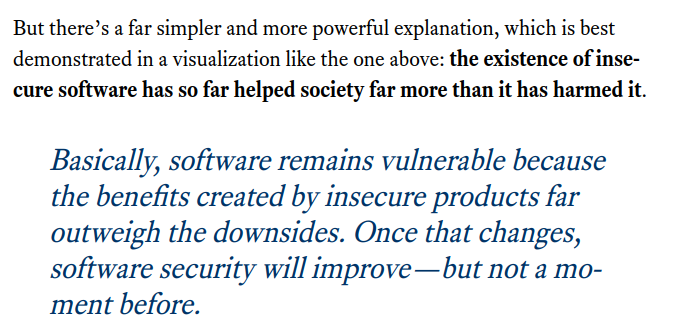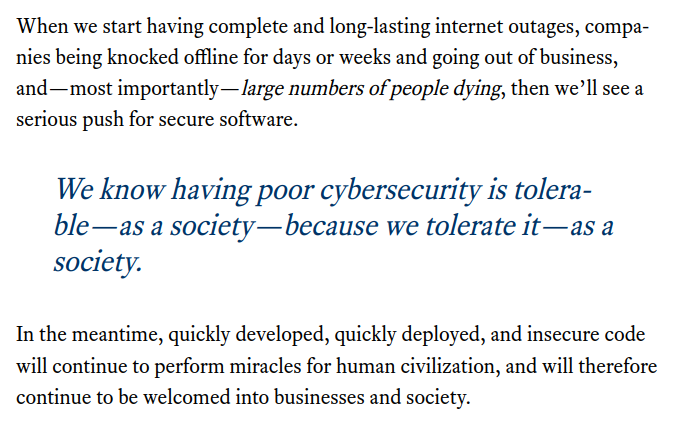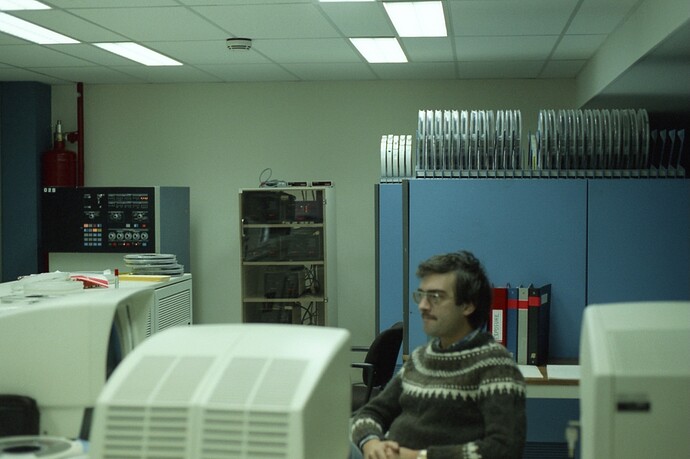I agree Gareth, software is full of holes, and despite being brilliant Assembler programmer  I dug some of them in my time, in application and systems software.
I dug some of them in my time, in application and systems software.
(We won’t discuss a certain rounding error in a tricky interest calculation (or algorithm as it would be called now) back in the seventies  A fixed vs floating point issue that meant adding a penny on at the end was the only way I could get the bloody thing to balance. I sometimes wonder how that multiplied up over the years. Maybe I was really the cause of the 2008 banking crisis
A fixed vs floating point issue that meant adding a penny on at the end was the only way I could get the bloody thing to balance. I sometimes wonder how that multiplied up over the years. Maybe I was really the cause of the 2008 banking crisis  )
)
But software vulnerabilities aren’t my problem anymore. I would guess mainframes are still at the core of most large banks and I would guess my old firm still provides the H/W, OS and middleware at the heart of those systems. As an ex Sysprog, though obviously not up to date, I still know how those systems hang together and how difficult it is to make sure dodgy bits of code, running on dodgy bits of code are secure.
But the CEO’s of the financial institutions whose infrastructure I ran wouldn’t have been in the least interested in those excuses had there been a data breech or incursion on my watch. They wanted 100% and I, now as an end user, want the same. Aiming for anything less is unacceptable.
(Reminds me of the old joke about the Japanese supplier who when asked by British Leyland Purchasing if they could achieve the 97% defect free component delivery demanded, responded, “we can add 3% defects if you insist”.)
I’m sure you’ll agree that all companies should strive for 100% security. It’s not just their data, it’s also our data that’s at risk. There will be failures, but there should mind focusing disincentives.
I agree fully that overall the balance between S/W utility and the damage caused is firmly on the side of utility, but I think that differs depending the application. I think email, for example, is fast approaching the tipping point. I’m careful with my addresses but some of them are bombarded with spam. That’s down to data leaks from companies at least some of which IMO have inadequate and/or sloppy security, companies that have made the decision to not invest and to take the risk because it’s not them that will suffer the consequences - hence big fines required.
I think it’s also down to Outlook and Gmail and other email providers not providing better security, for example a “blue tick” verified approach to email address. Plus whatever internet service providers are hosting dodgy sites.
I think it would be pretty easy to do an 80:20 job (more like 99:01 IMHO) on SPAM with appropriate legislation and international agreements. Shutting down the internet connection of that Nigerian politician who wants to transfer me a million dollars could halve it overnight 


